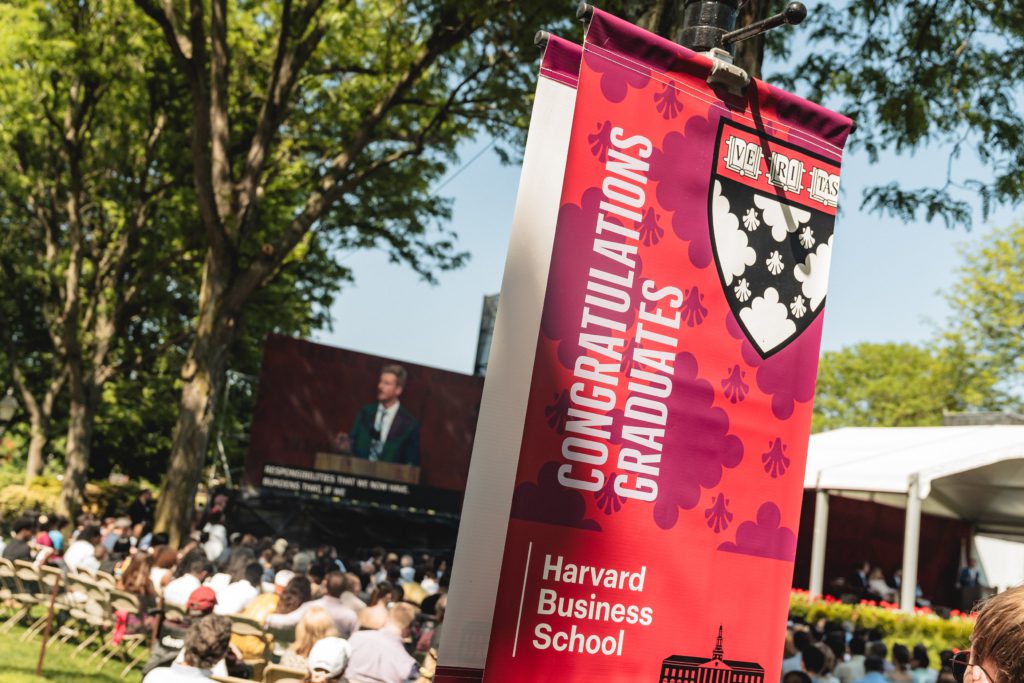World
HP Z Captis — Bringing The World’s Materials To Digital Life

The HP Z Captis pictured alongside an HP Z Workstation and monitor
HP has long been a company that looks for novel ways to leverage the latest technologies to enhance creators’ and engineers’ lives. For example, the company has a line of 3-D printers designed for rapid prototyping and commercial manufacturing, as well as The FitStation, which creates a 3-D volumetric scan of your foot for custom insoles or shoes.
In the same vein, in 2019 HP started Project Captis in conjunction with Adobe to capture information about real-world materials. After being in the works for five years, Project Captis is now commercially ready as HP Z Captis. HP has designed Captis to support the first phase of a three-phase process in which HP enables its partners to “capture, create and experience” with its Captis devices, Z Workstations and Jetfusion 3-D printers.
HP Z Captis Is Born
Building on its work with Adobe, HP set out to create a digital material capture device that can capture materials in up to 8K resolution. The brains behind the operation is an Nvidia Jetson AGX Javier module that helps drive the cameras and accelerate the AI-enhanced features. The Jetson AGX Javier also powers the Captis’s real-time noise reduction, HDR, color and pixel calibration. The Captis uses this powerful AI module to do real-time inferencing of the photometric imaging volume.
HP designed the Captis to integrate seamlessly into Adobe’s Substance 3D Sampler, an industry-standard 3-D tool for giving 3-D objects lifelike textures. Adobe Substance is an entire suite of different 3-D tools (including 3D Sampler itself) for 3-D content creation, and Captis provides an easier and faster way to bring real-life textures to a 3-D virtual environment. Captis also uses HP’s Z Captis Capture Management SDK so that developers who don’t use Adobe’s workflow can integrate Captis into their own applications. This SDK also uses AI to create photometric, super-resolution and polarized imagery.
The Z Captis does have a 30cm x 30cm size limit for the area that it can capture, but that seems to be good enough for most materials. This means that the Z Captis can easily be used in the studio or in the real world, capturing new textures in real time.
The HP Z Captis capturing textures outdoors with an HP EliteBook Laptop
Why Capture Textures?
To oversimplify it, 3-D creation is a blending of 3-D structures or meshes with textures to give them a lifelike appearance. The higher the quality of the textures, the more lifelike the 3-D objects appear to users. That’s why industries like architecture, automotive, entertainment, fashion, gaming and design all have an interest in these high-resolution textures. Having such easily captured textures allows designers and creators to access more textures at higher quality, which helps make iteration and collaboration easier. Not having to create textures from scratch and being able to bring in higher-resolution information like the 8K textures from the Captis can also help bring down the cost of 3-D content creation.
By creating such high-quality 3-D assets from the Captis, companies designing physical goods such as clothes or shoes can make decisions about a product’s appearance with fewer physical prototypes, creating less waste and lowering the emissions created by shipping samples overnight across the globe. Using a platform like Campfire 3D, companies can easily collaborate internally or with one another cross-platform to experience these products in Quest 3 or Vision Pro headsets. Companies can build entire libraries of captured materials and sell them to customers for both physical and virtual applications.
Multiple Z Captis devices in a studio capturing multiple fabrics onto a Z Workstation
Moving Beyond Capture
The reality of the HP Z Captis is that it will help many designers and other creators as they create highly photo-accurate versions of real-world objects. This will ultimately drive demand for more of these kinds of assets to help populate the virtual world with high-quality 3-D assets nearly identical to the real world, whether that’s a fabric, a rock, a patch of grass or a piece of metal. Being able to capture objects’ textures as close to the real world as possible will enhance people’s immersion in virtual environments, and how they interact with 3-D objects will make people more excited to work and play in these environments.
Moor Insights & Strategy provides or has provided paid services to technology companies, like all tech industry research and analyst firms. These services include research, analysis, advising, consulting, benchmarking, acquisition matchmaking and video and speaking sponsorships. Of the companies mentioned in this article, Moor Insights & Strategy currently has (or has had) a paid business relationship with Adobe, HP and Nvidia.










